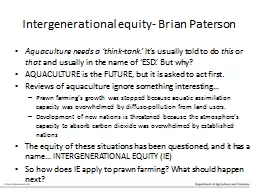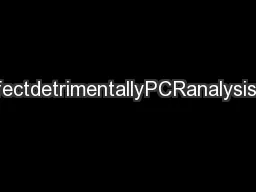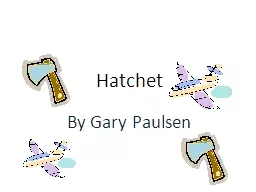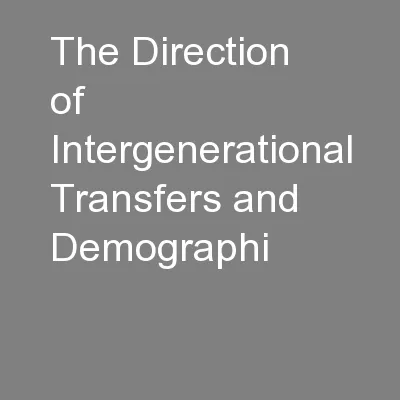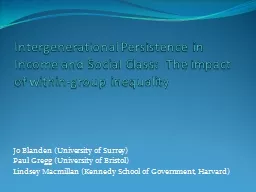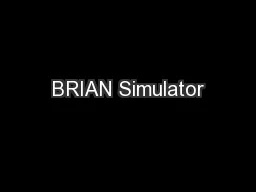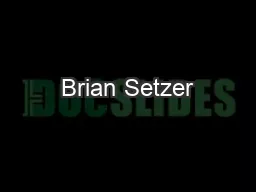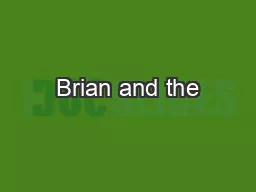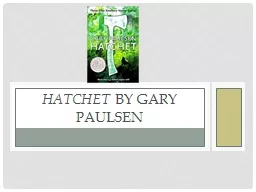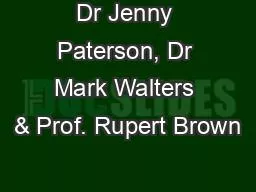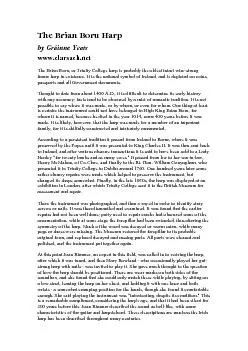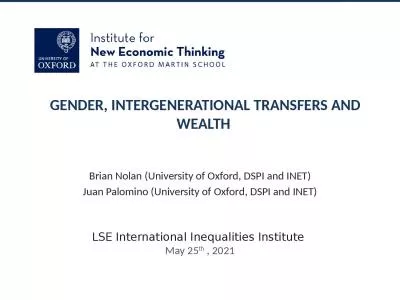PPT-Intergenerational equity- Brian Paterson
Author : briana-ranney | Published Date : 2017-04-21
Aquaculture needs a thinktank Its usually told to do this or that and usually in the name of ESD But why AQUACULTURE is the FUTURE but it is asked to act
Presentation Embed Code
Download Presentation
Download Presentation The PPT/PDF document "Intergenerational equity- Brian Paterson" is the property of its rightful owner. Permission is granted to download and print the materials on this website for personal, non-commercial use only, and to display it on your personal computer provided you do not modify the materials and that you retain all copyright notices contained in the materials. By downloading content from our website, you accept the terms of this agreement.
Intergenerational equity- Brian Paterson: Transcript
Download Rules Of Document
"Intergenerational equity- Brian Paterson"The content belongs to its owner. You may download and print it for personal use, without modification, and keep all copyright notices. By downloading, you agree to these terms.
Related Documents

